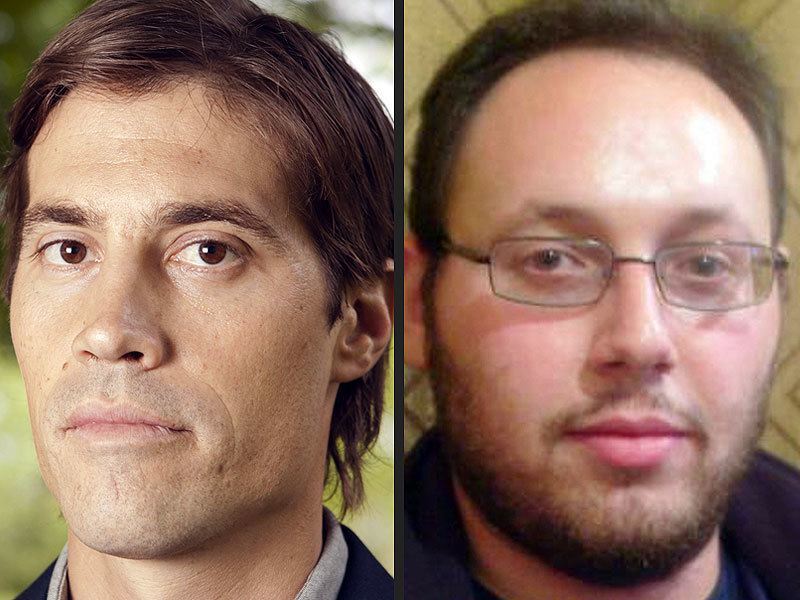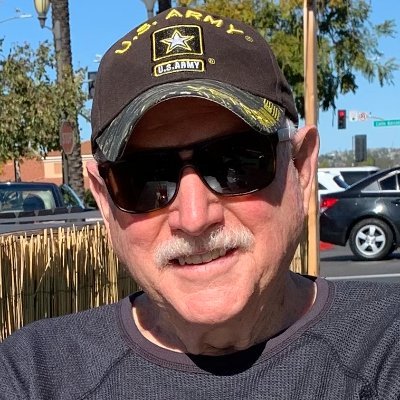Why Journalists Risk Their Lives: It’s Part of the Job
Nobody ever said doing good journalism is easy–or safe.
In fact, reporters and photographers who have spent significant time covering war, revolution, political upheaval, and natural disasters are keenly aware that when they arrive in war-ravaged places like Ukraine, Iraq, Gaza, Afghanistan, or Syria, they may not return home in one piece or even alive.
That is the harsh reality of the job. Every correspondent and photographer must grapple with that reality before accepting a dangerous assignment.
There is little doubt that James Foley and Steven Sotloff, the two freelance American journalists who were beheaded by their Islamic State of Iraq and Syria (ISIS) captors in 2014, knew the risks they were taking in going to places like Iraq and Syria.

Since 1992, according to the Committee to Protect Journalists, 1,594 reporters and photographers worldwide have been murdered, killed in crossfire/combat or while on a dangerous assignment.
In 2023, 78 members of the press were killed, the highest number since 2018, according to the annual report from the CPJ. So far in 2024, 43 journalists have died doing their jobs—a majority while covering the Israeli-Hamas war in Gaza.
In 2022, the total of journalists killed (42) was almost 50% higher than in 2021 (29). The spike that year was driven by the coverage of Russia’s invasion of Ukraine, as well as violence in Latin America. Over half of 2022’s killings occurred in just three countries–Ukraine (15), Mexico (13), and Haiti (7), the highest yearly numbers CPJ has ever recorded for these countries since it began compiling data in 1992.
“Why do you guys do it?” a friend asked me recently. “You obviously know how dangerous it is in those places?”
Marie Colvin, the Sunday Times correspondent killed in Syria in 2012, may have answered that question as well as anyone:
“Our mission is to speak the truth to power. We send home that first rough draft of history. We can and do make a difference in exposing the horrors of war and especially the atrocities that befall civilians.”
Most correspondents and photographers I have known would answer the question in a similar way.

[NOTE: Marie Colvin’s life as a Sunday Times foreign correspondent was captured splendidly in the 2018 feature film “A Private War” starring Rosamund Pike, Alexandra Moen, and Tom Hollander. A 2005 documentary entitled “Bearing Witness” about female journalists working in combat zones also examines Colvin’s life as a journalist, among others].
When asked why I used to jump on a plane and head for a war-torn country, I always answered that I did it to bear witness.
If reporters and photographers aren’t there to cover the carnage, atrocities, and suffering caused by war, then how will the world know what is happening? Who will speak for those ground up by the violence, displaced from their homes, murdered for their political or religious beliefs?
During my 27-year career with the Chicago Tribune in Asia and Latin America, I often wondered why I was putting myself in danger to write a story that was likely to wind up in the bottom of somebody’s birdcage.
Once again, Marie Colvin was right on the money back in 2010 when she said:
“We always have to ask ourselves whether the level of risk is worth the story. What is bravery, and what is bravado? Journalists covering combat shoulder great responsibilities and face difficult choices. Sometimes, they pay the ultimate price.”
Colvin lost the sight in her left eye while reporting on the Sri Lankan Civil War. She was struck by a blast from a Sri Lankan Army rocket-propelled grenade (RPG) in 2001, while crossing from a Tamil Tigers-controlled area to a Government-controlled area. From then on, she wore a black eyepatch.
For correspondents of my generation, the ultimate price was paid in countries like Vietnam, Cambodia, El Salvador, Nicaragua, Angola, Afghanistan, and the Balkans.
During the 20 or so years that I toiled abroad, six of my friends were killed covering war, revolution, and coups d’état.
Each time that happened, I questioned why I was exposing myself to a similar fate.

And each time, my answer was the same: I felt a responsibility to tell the world what I was witnessing. Only then could enough pressure be brought to bear to end the carnage or help the brutalized civilian non-combatants with the basics of life: food, water, shelter, and medical care.
That’s no doubt what motivated Foley and Sotloff to expose themselves to the dangers they faced in Syria.
The barbarians who brutally took the lives of these two men are the very reasons why reporters and photographers feel compelled to cover war. These savages need to be exposed for what they are and represent.
Look back at World War II. What if there had been courageous reporters able to write about the Nazi death camps or the horrendous atrocities committed by the Imperial Japanese Army against millions of Chinese, Filipinos, and allied POWs?
There is no way of knowing if stories appearing in newspapers or on radio networks of the time would have stopped what the Nazis and the Japanese were doing. It was total war, after all.
But something tells me that some lives would have been saved if somebody had witnessed and recorded what was happening.

I can recall an incident in El Salvador when a government officer was about to execute a man suspected of being an anti-government guerrilla. He was arrested after a battle near a ramshackle village. The officer pointed a German-made G-3 rifle at the back of the kneeling guerrilla’s head and seemed about ready to pull the trigger when he noticed me standing nearby watching him.
He quickly pointed his rifle to the ground and, instead of shooting the guerrilla, kicked him in the back and sent him sprawling to the ground.
“Put him in the prisoner compound,” he barked. Then he smiled at me and walked away.
Did my presence save that man’s life? I have no idea. But at least, for that one brief moment, a life was spared.

Can journalists stop wars and other forms of violence and mayhem?
No, and anybody who thinks otherwise is fooling themselves. However, journalists can make readers, viewers, and listeners aware of what is happening in Syria, Iraq, Ukraine, Israel, Gaza, and Afghanistan.
That is our job. We are the messengers. The job of those we bring the message to is to use that information to inhibit and impede the kind of barbarism and brutality we are seeing today in Iraq, Syria, and Gaza.
Here is my rule when it comes to dangerous assignments.
When the risks associated with reporting a story are weighed against whatever benefits might be derived from the story, and the risks outweigh the benefits, my rule is simple: leave and live to report another day.
No story is worth your life.
–30–
If you enjoyed this post, please consider subscribing to ForeignCorrespondent and tell your friends to subscribe. IT’S FREE! WHAT A DEAL! If you’ve received this from a friend and would like to be added to our distribution list for future blog posts, please enter your email address in the sign-up in the notifications box at:
https://ronaldyatesbooks.com/category/foreign-correspondent.
You can also find my commentaries on Substack at https://ronyates.substack.com/ and the American Free News Network at https://afnn.us.
Please feel free to comment. WE LOVE COMMENTS!

